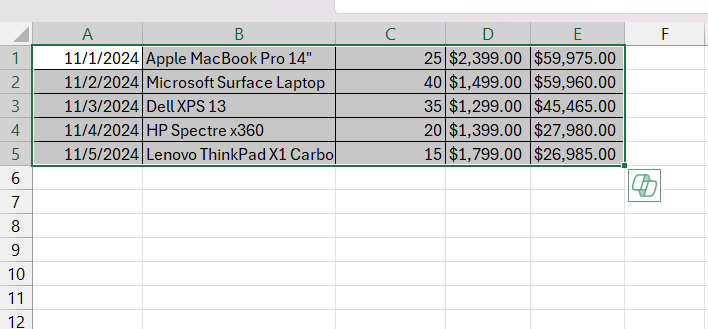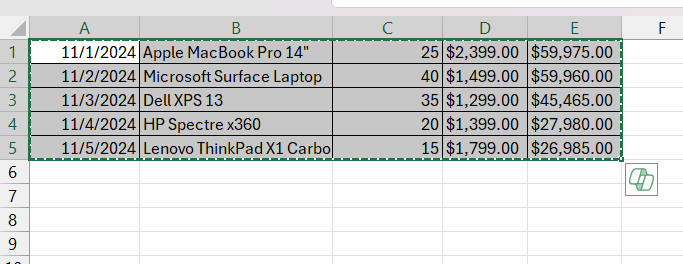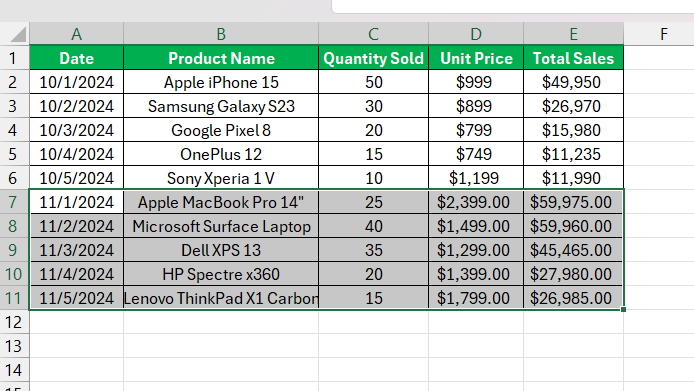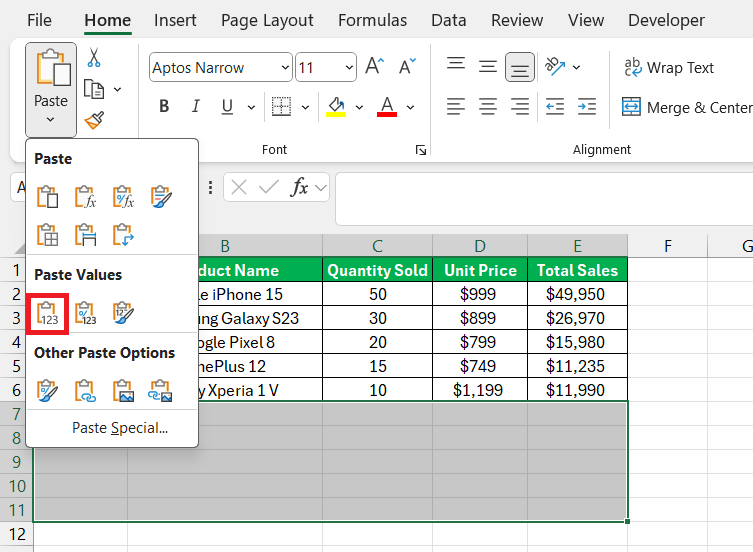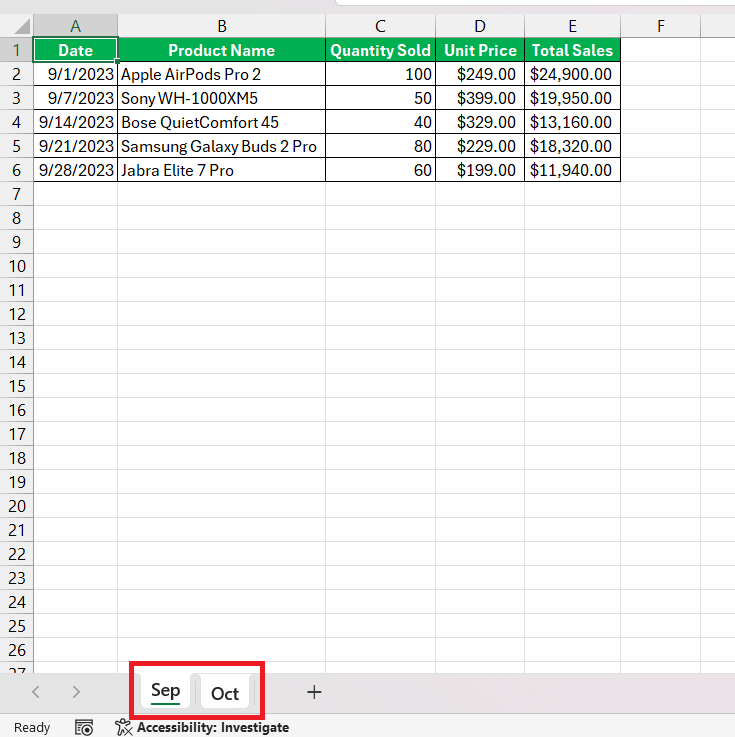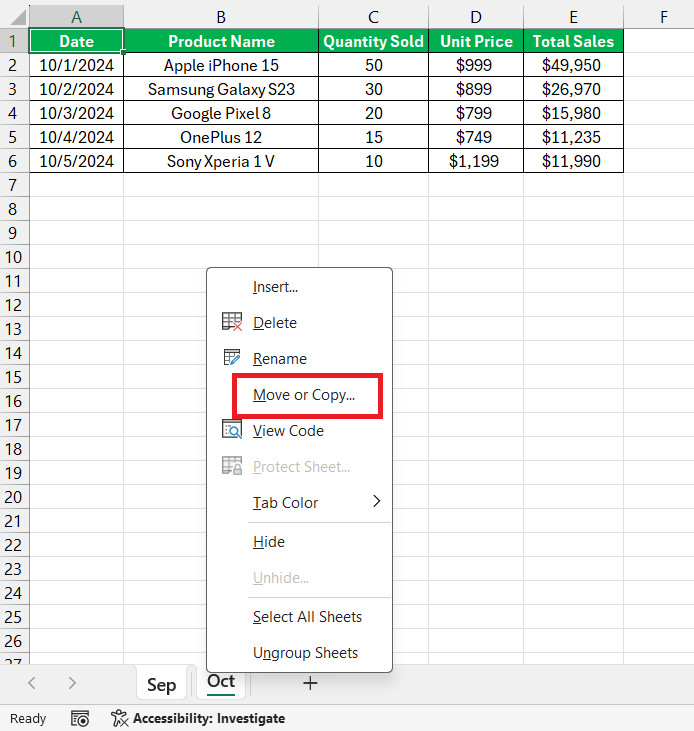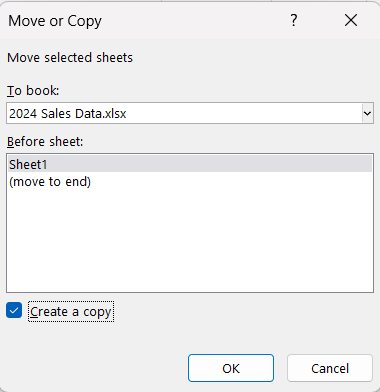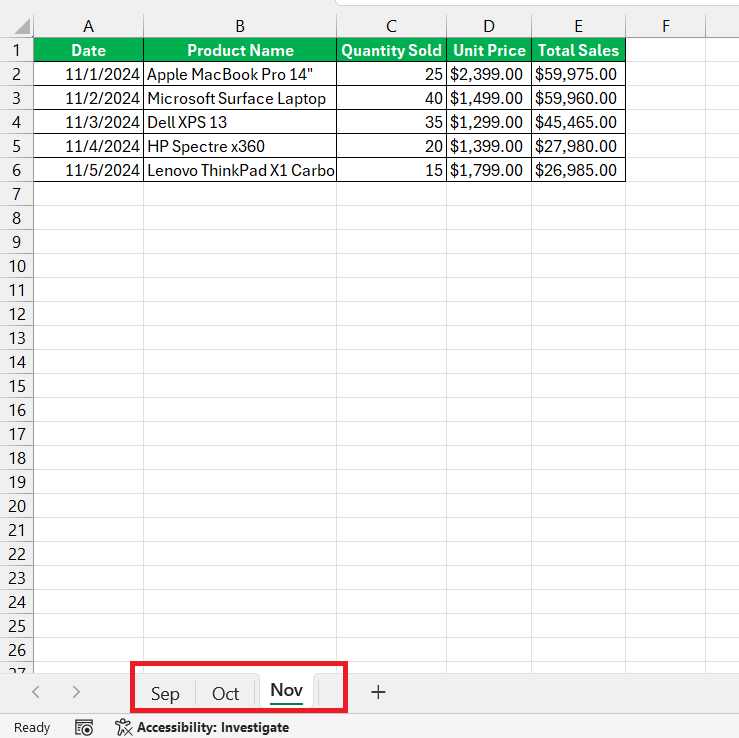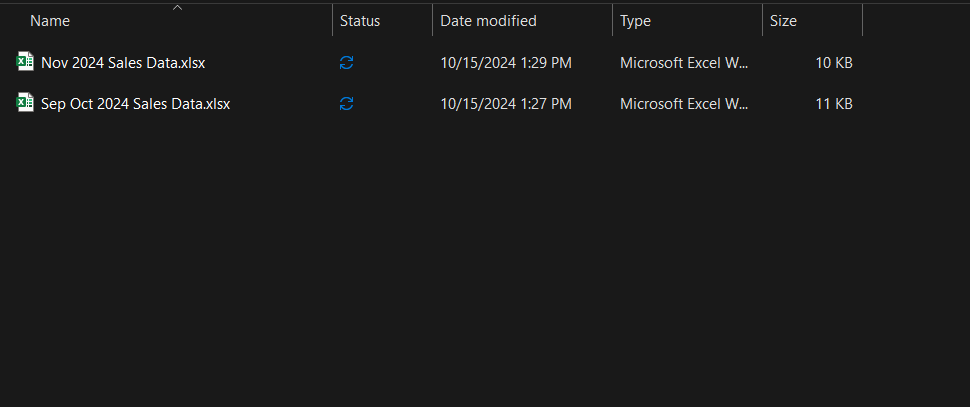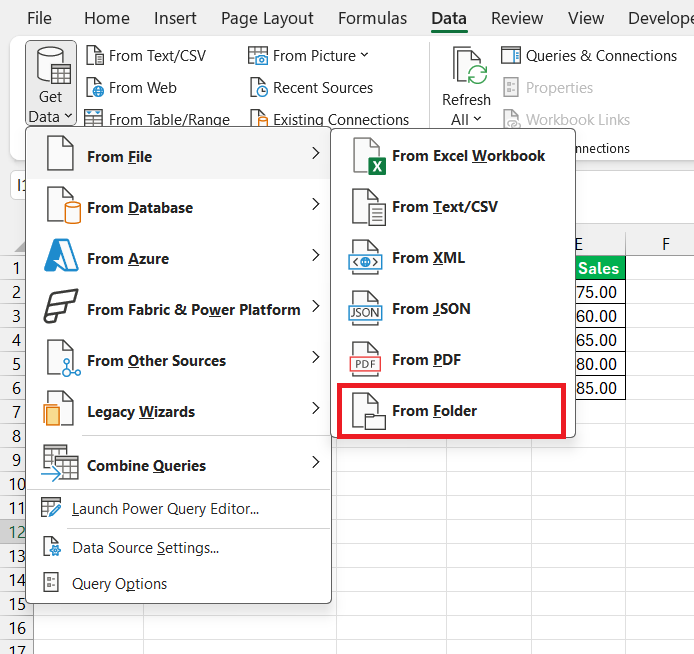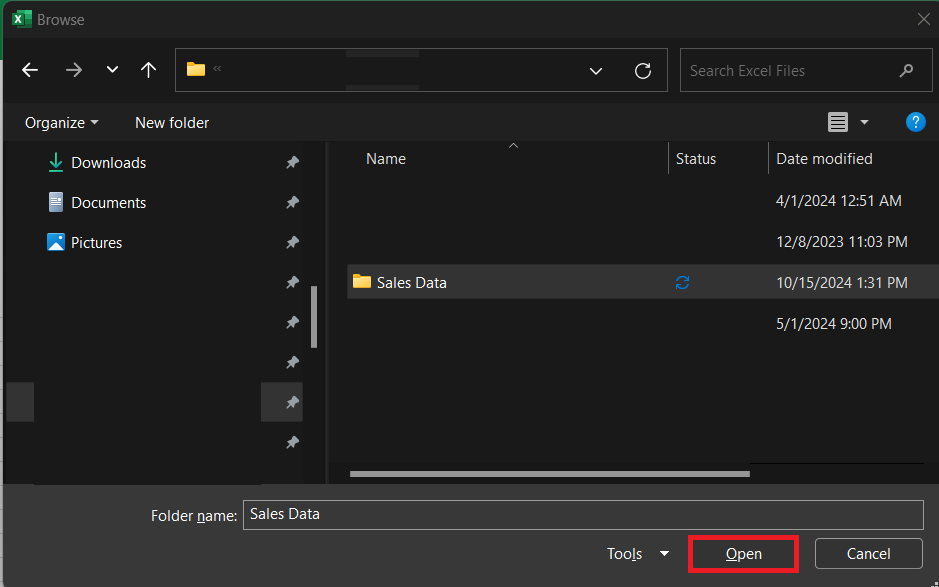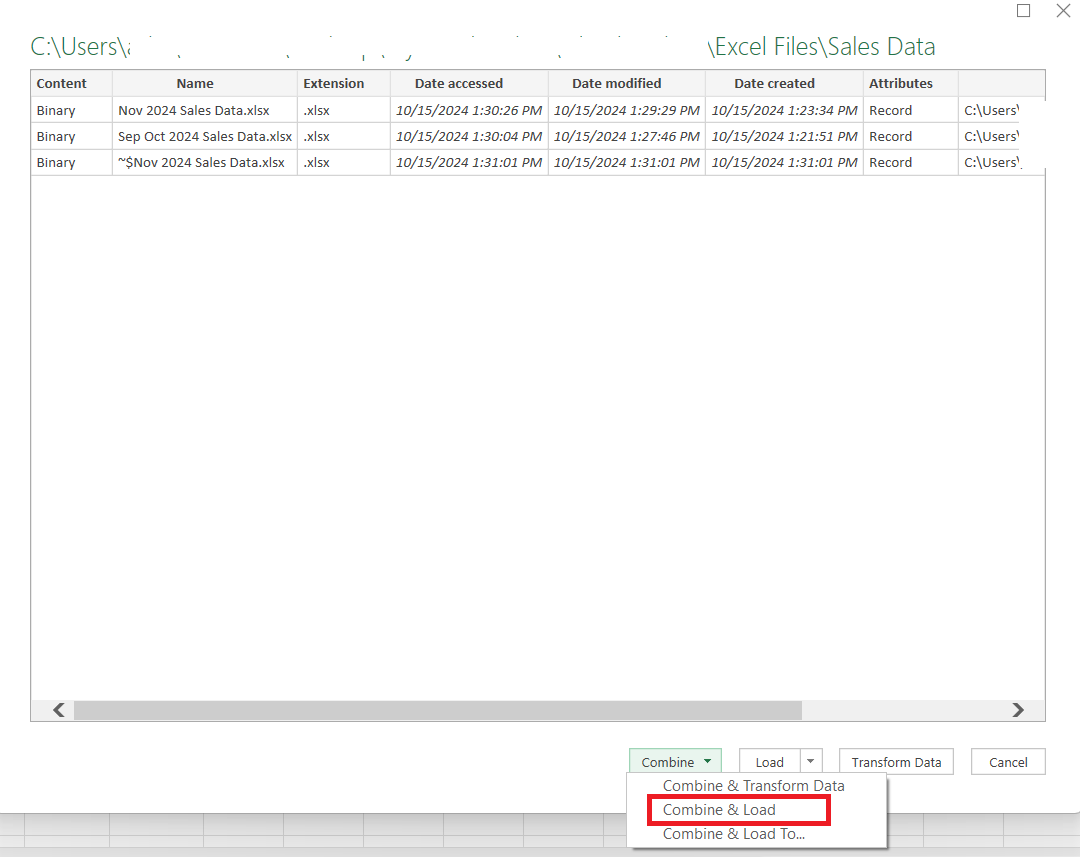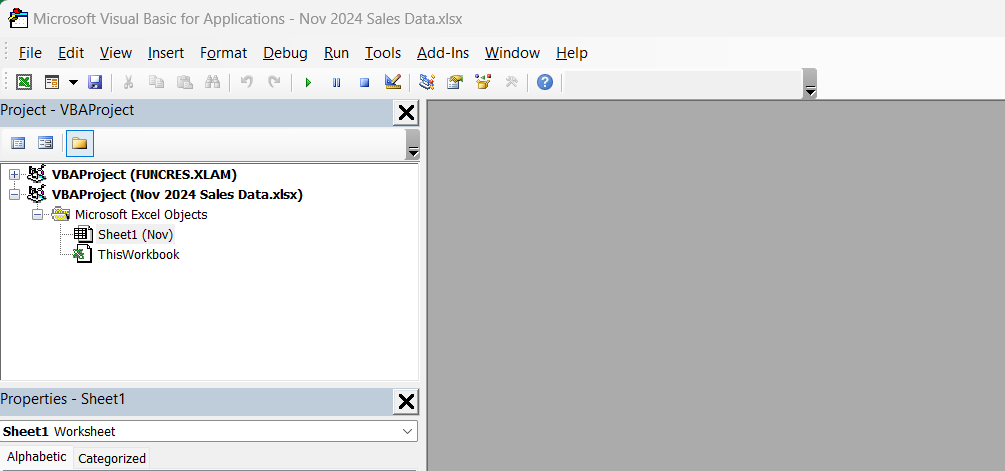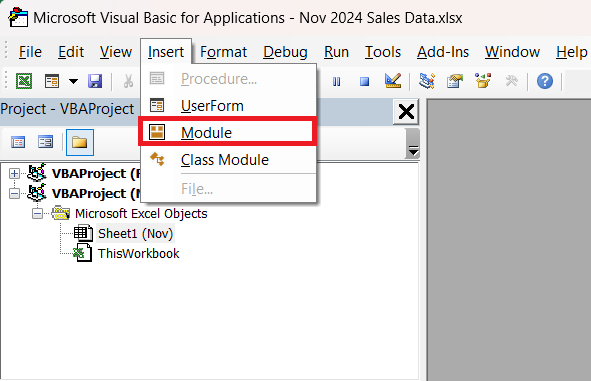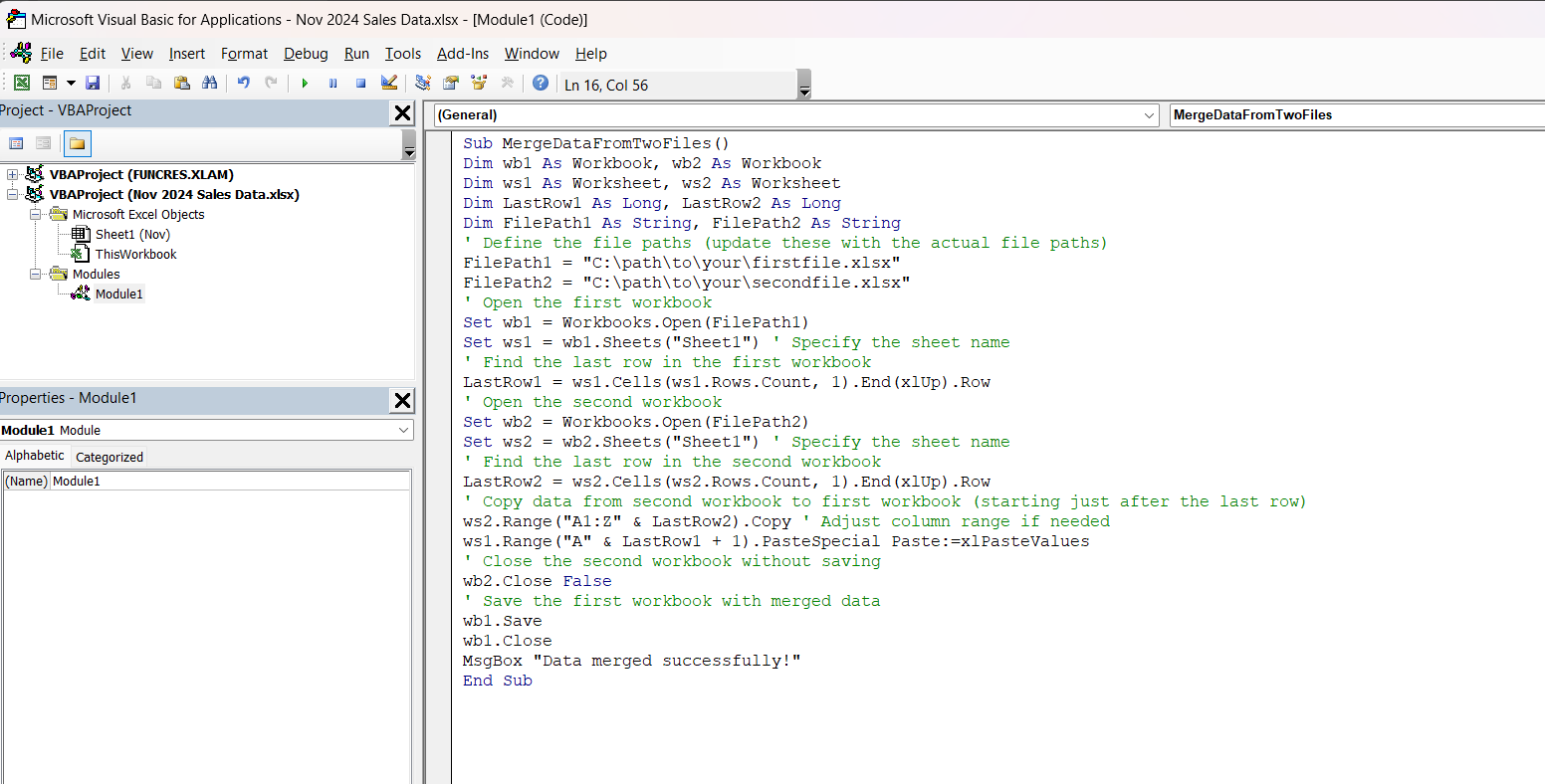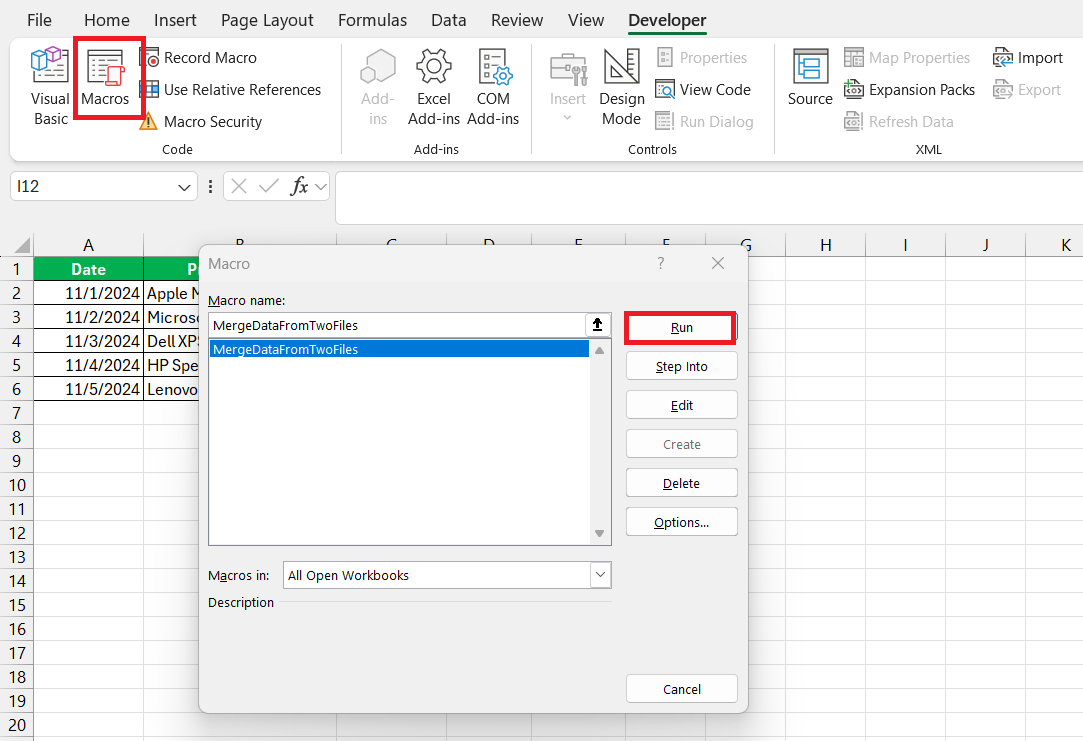When I need to combine data from multiple Excel files, doing it manually can be time-consuming and prone to errors. That’s why I prefer using more efficient methods that allow me to merge these files into a single workbook quickly and accurately. In this guide, I’ll show you how to combine multiple Excel files, saving you time and effort.
Key Takeaways:
- Power Query offers a fast and automated way to combine Excel files.
- Manual methods like copying and pasting are best for small datasets.
- Cleaning and organizing data beforehand ensures a smooth merging process.
- VBA scripts provide a customizable approach to merging large sets of data.
- Consistent formatting across files is crucial for error-free merging.
Table of Contents
Introduction to Combining Excel Files
The Essentials of Data Consolidation
In the digital age, data consolidation has become a critical task for many professionals. Whether we are dealing with financial records, customer databases, or project management data, consolidating information from different sources is essential for clarity and efficiency.
The process of combining Excel files offers a holistic view and improved data accuracy, making it easier to identify trends and make informed decisions.
Real-life Scenarios for Merging Excel Documents
We often encounter situations where merging Excel documents isn’t just helpful, it’s imperative. For instance, in a large organization, I may need to bring together financial data from various departments to see a complete picture of the company’s financial health. Or, as a project manager, I could combine progress reports from multiple teams to monitor overall project timelines and milestones.
Even as a researcher, merging datasets from different times or studies allows me to detect patterns and outliers. These real-life scenarios underline the importance of mastering Excel merging techniques to streamline decision-making and enhance productivity.
Preparing Your Excel Files for Merging
Cleaning and Organizing Your Data
Before we get into the intricacies of combining files, it’s crucial to clean and organize your data. We start by scrutinizing each Excel file for redundant or irrelevant columns and rows. If we encounter any, it’s time to remove them to simplify the merged dataset.
I ensure each dataset is meticulously scanned for stray cells with out-of-place formatting or content that might disrupt the merge process. It’s a practice not just about tidying up; it’s about preparing the data for a seamless integration, where every piece of information should have its own place and purpose.
Standardizing Formats Across Files
Standardizing formats across files is like harmonizing different musicians before a grand symphony—it ensures each section plays perfectly in sync. I ensure that numerical data, dates, and text are uniformly formatted across all files.
Consistent column names and data types are as essential as the notes on a scale, preventing any dissonance during the merge. Especially with dates, I recommend sticking to one format throughout, be it MM/DD/YYYY or DD/MM/YYYY, to avoid confusion and errors.
Sometimes, setting up data validation rules to govern these formats ahead of merging can save hours of troubleshooting later.
Manual Merging Techniques
Copying and Pasting Data Effectively
Copying and pasting data effectively is the bedrock of manual Excel file merging, and we should approach it with meticulous care. I start by selecting the entire data range or pressing Ctrl + A (Cmd + A for Mac users) to grab the full sheet.
Once copied with Ctrl + C (Cmd + C for Mac),
I ensure that I paste the data into a precisely selected location in the destination file to maintain data structure and integrity.
If only the values are needed without the formulas, I opt for Paste Special > Values to prevent any unintended calculations or links in the combined file.
This method is beautifully simplistic but best reserved for when I’m working with small datasets where the margin for manual errors is minimal.
Using Excel’s Move or Copy Features
Excel’s “Move or Copy” feature is a personal favorite when looking for speed and efficiency in merging sheets. Here’s how I do it:
STEP 1: Open both the source and destination Excel workbooks.
STEP 2: By pressing and holding the Ctrl (Cmd on Mac), I select the sheets for copying.
STEP 3: I then right-click on one of these highlighted tabs and select “Move or Copy” to call up the dialog box, the gateway to where the magic happens.
STEP 4: Inside this dialog box, under “To book:”, I select the target workbook.
For where I want these newly copied sheets to flutter down in the destination workbook, I use the “Before sheet:” dropdown.
Crucially, if I need the sheets to exist in both workbooks, I tick “Create a Copy”.
Click OK.
And voilà, the sheets have a new home. It’s a straightforward process, perfect for when I want to maintain the entire worksheet structure without altering the content.
Automated Methods on How to Combine Multiple Excel files
How to Use Power Query for Efficient Data Merging
To harness the power of Power Query for efficient data merging, I follow a sequence that feels almost magical:
STEP 1: I prepare the stage by ensuring each Excel file destined for merging is placed in a single folder. It’s like gathering actors before the play.
STEP 2: Once everything is set, I navigate to the Data tab and reignite the process by selecting ‘Get Data’, then ‘From File’, and finally ‘From Folder’.
STEP 3: A dialog box appears where I direct Excel to the folder where my files are holding a rehearsal. With the path chosen, click on the ‘Open’ button.
STEP 4: From here, Power Query takes the lead, and I encounter the ‘Combine & Load’ option—my ticket to a seamless merge.
Using Power Query, it’s not just about bringing data together; it’s about automating the process, giving me control and creative freedom. Data merging becomes efficient, repeatable, and refreshingly simple.
Writing VBA Scripts to Merge Files Seamlessly
Writing VBA scripts to merge Excel files is like scripting a behind-the-scenes automation. Ever so elegantly, it streamlines what would otherwise be a tedious manual affair. Here’s my personal approach:
STEP 1: Open Visual Basic for Applications (VBA) editor with a flourish of ‘Alt + F11’ (‘Opt + F11’ on Mac), which feels akin to unlocking a secret room where all Excel’s hidden powers reside.
STEP 2: Then, like picking the right tool from a toolbox, I insert a new module by navigating to “Insert” and selecting “Module”.
STEP 3: Write the code mentioned below –
Sub MergeDataFromTwoFiles()
Dim wb1 As Workbook, wb2 As Workbook
Dim ws1 As Worksheet, ws2 As Worksheet
Dim LastRow1 As Long, LastRow2 As Long
Dim FilePath1 As String, FilePath2 As String
‘ Define the file paths (update these with the actual file paths)
FilePath1 = "C:\path\to\your\firstfile.xlsx"
FilePath2 = "C:\path\to\your\secondfile.xlsx"
‘ Open the first workbook
Set wb1 = Workbooks.Open(FilePath1)
Set ws1 = wb1.Sheets("Sheet1") ‘ Specify the sheet name
‘ Find the last row in the first workbook
LastRow1 = ws1.Cells(ws1.Rows.Count, 1).End(xlUp).Row
‘ Open the second workbook
Set wb2 = Workbooks.Open(FilePath2)
Set ws2 = wb2.Sheets("Sheet1") ‘ Specify the sheet name
‘ Find the last row in the second workbook
LastRow2 = ws2.Cells(ws2.Rows.Count, 1).End(xlUp).Row
‘ Copy data from second workbook to first workbook (starting just after the last row)
ws2.Range("A1:Z" & LastRow2).Copy ‘ Adjust column range if needed
ws1.Range("A" & LastRow1 + 1).PasteSpecial Paste:=xlPasteValues
‘ Close the second workbook without saving
wb2.Close False
‘ Save the first workbook with merged data
wb1.Save
wb1.Close
MsgBox "Data merged successfully!"
End Sub
STEP 4: Run the macro.
With the stage set, I channel my inner programmer, pasting in the carefully crafted VBA macro script that acts as the director of this data-merging play.
The beauty lies in customizing these scripts to suit the specific narrative of the files I wish to merge. By modifying paths, sheet names, or inclusion criteria, I tailor the script to knead the datasets into a single, cohesive dough.
And when the time comes to breathe life into the script, with the press of ‘F5’ or a click on the ‘Run’ button, the script springs to action, marrying files in a harmonious union.
Utilizing VBA is a powerful way to merge files, provided one is fluent in its language. The trade-off for a steeper learning curve? A vast horizon of automation possibilities that, once mastered, saves not just time but opens up a world of intricate data manipulation methods.
FAQs
How do I combine multiple Excel files into one?
To combine multiple Excel files into one, you can use several methods, depending on the complexity of your data. For small datasets, simply copy and paste data into a master sheet. For more structured merging, use Excel’s built-in “Move or Copy” feature to consolidate sheets. If the structure is consistent across files, leverage Power Query to automate the process, combining files from a folder into a single table. For advanced users, VBA scripts offer a high degree of customization for merging data across multiple Excel files.
What Are Some Best Practices for Merging Large Excel Files?
When merging large Excel files, streamline the process by first backing up all data. Utilize the 64-bit version of Excel for better performance with hefty files. Clean and organize the data, standardizing formats before merging. Use Power Query for its efficient handling of large datasets and consider disabling automatic calculations to prevent slowdowns. Post-merge, conduct thorough data integrity checks to ensure no data has been lost or distorted in the process. It’s these practices that keep your data merging efficient and accurate.
Can I Combine Excel Files with Different Structures?
Yes, you can combine Excel files with different structures, but it requires careful alignment of the data. You’ll need to standardize column headers and ensure consistent data formats across all files. Power Query is particularly adept at handling disparate structures as it allows you to transform and shape data during the merge process. For files that are too varied, manual adjustments may be needed post-merge to align the data properly. Remember, the key to successfully combining such files lies in meticulous preparation and transformation of the data before the final merge.
How do I insert one Excel file into another?
To insert one Excel file into another, open both files. Use the ‘Move or Copy’ feature by right-clicking on the sheet tab in the source workbook, selecting ‘Move or Copy’, choosing the destination workbook, and then either placing the sheet before a specific tab or at the end. Ensure to check ‘Create a copy’ if you want to keep the original sheet. It’s a straightforward process, ideal for bringing together related data into a cohesive workbook.
How to combine Excel files using vlookup and hlookup?
To combine Excel files using VLOOKUP, ensure you have a common identifier in all files. In the target file where data should appear, enter the VLOOKUP formula, referencing the common identifier, the range in the source file, and the column index with the data you want to pull. For horizontal data, use HLOOKUP, following a similar logic with references to rows instead. Both methods provide a dynamic way to merge related data from different sheets or files based on specific matching criteria.
John Michaloudis is a former accountant and finance analyst at General Electric, a Microsoft MVP since 2020, an Amazon #1 bestselling author of 4 Microsoft Excel books and teacher of Microsoft Excel & Office over at his flagship MyExcelOnline Academy Online Course.

